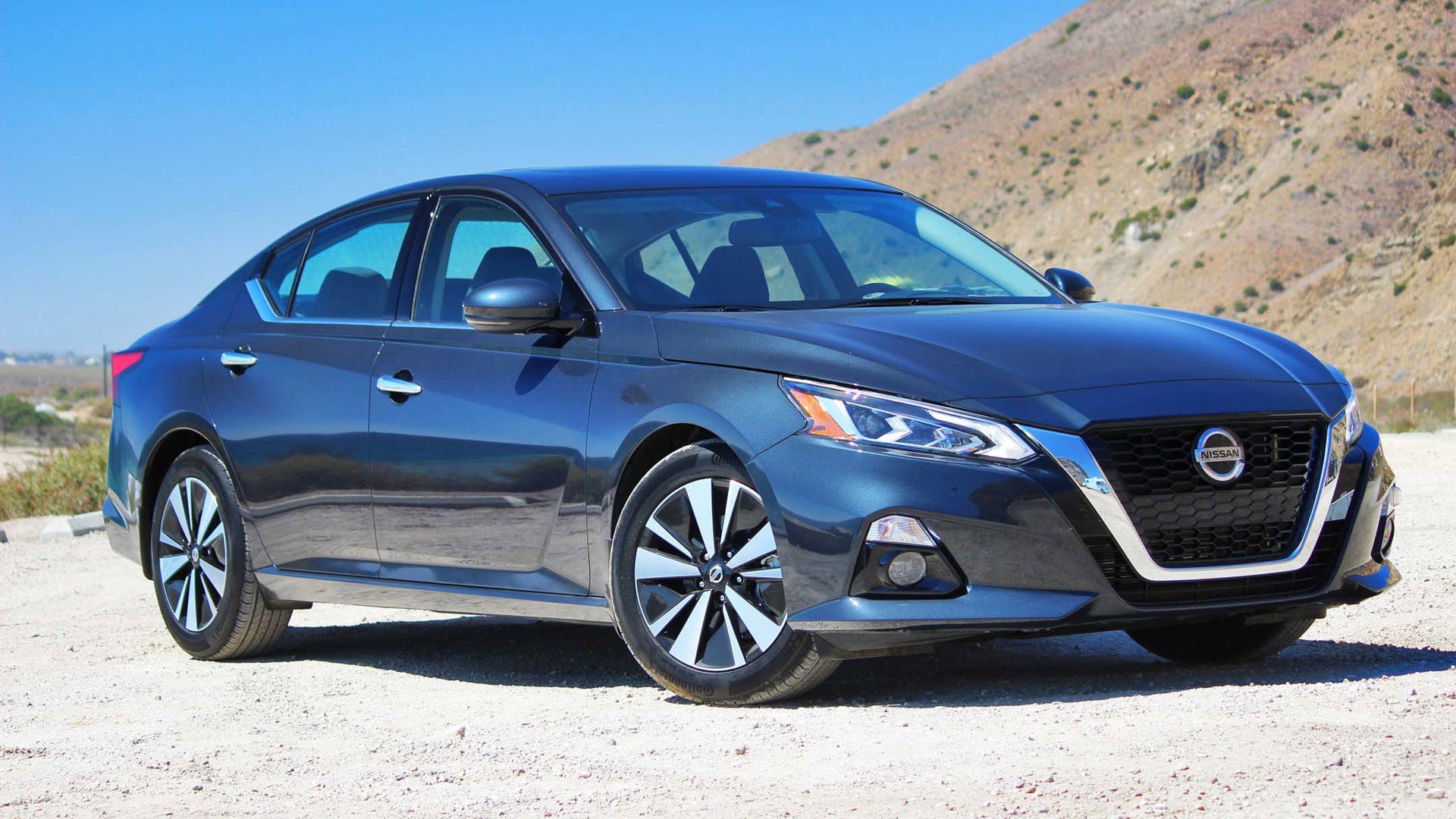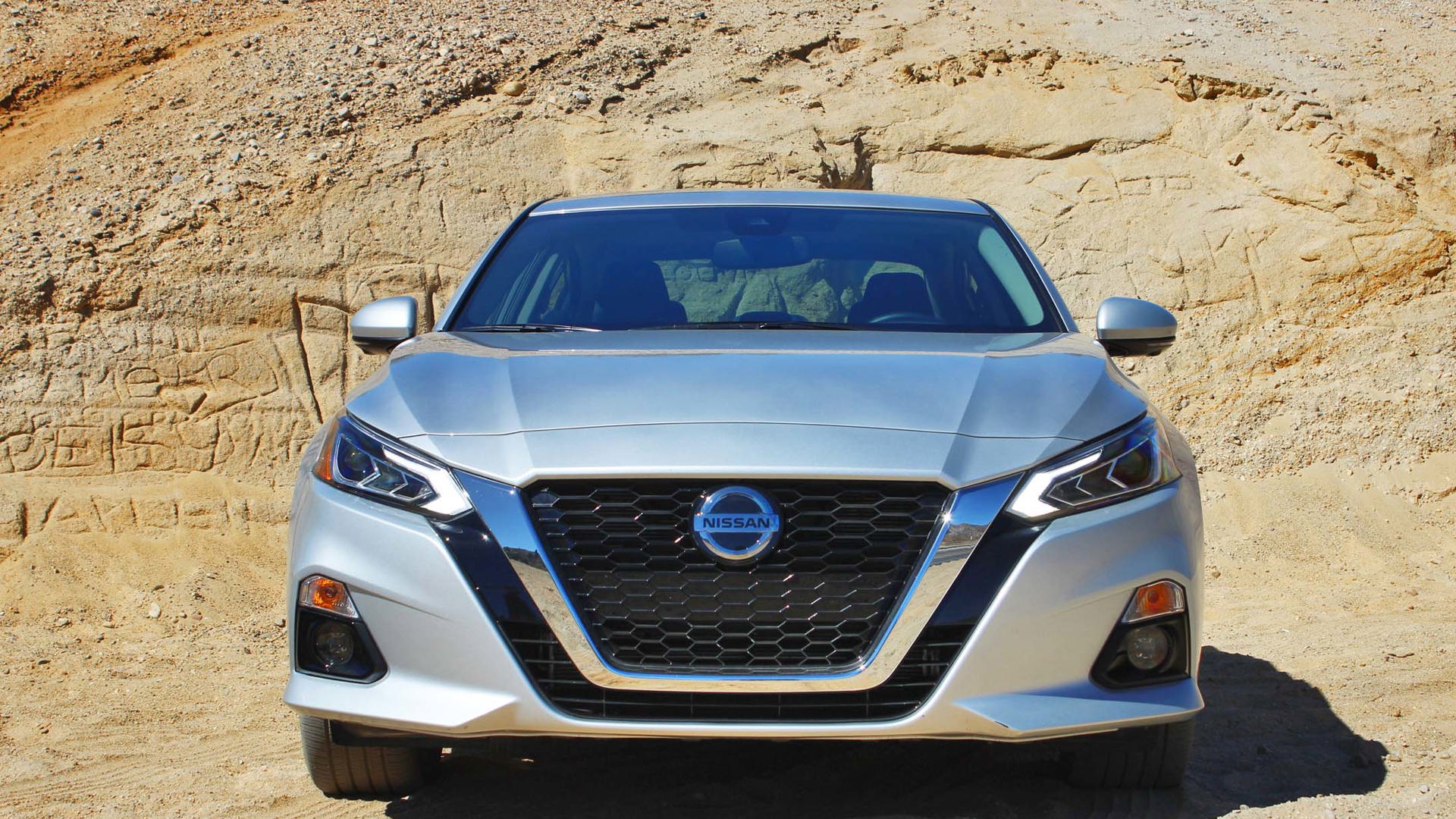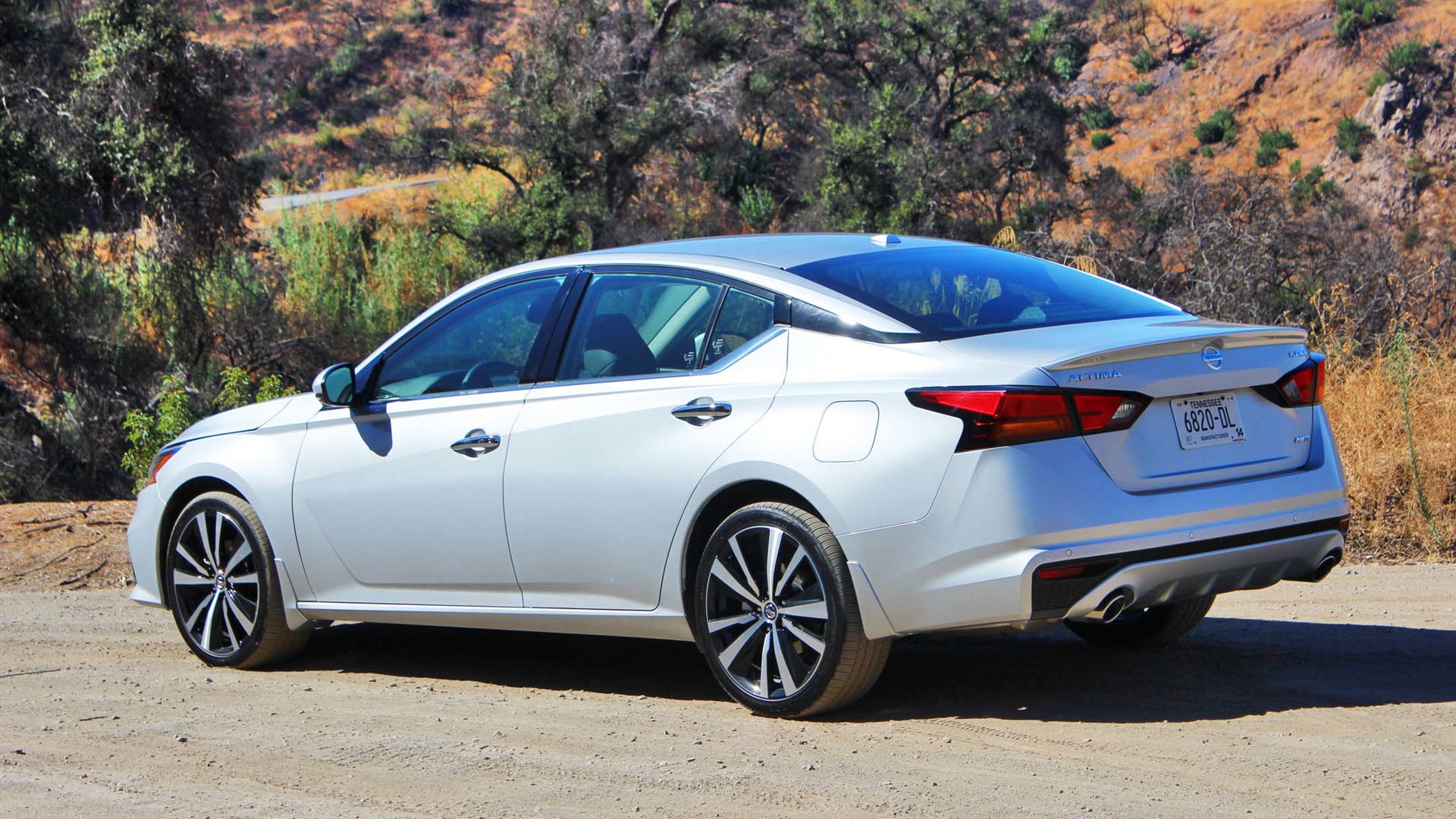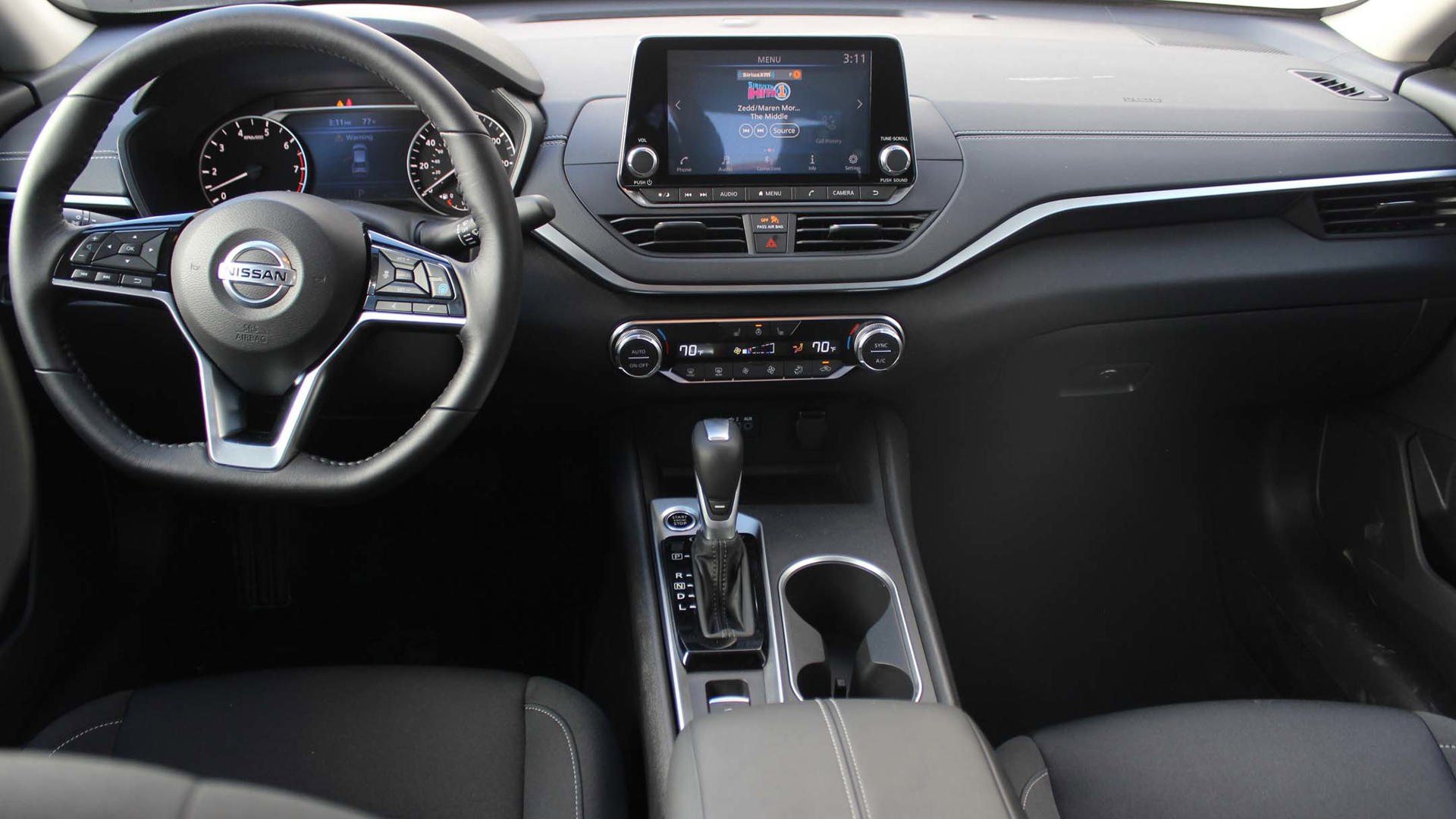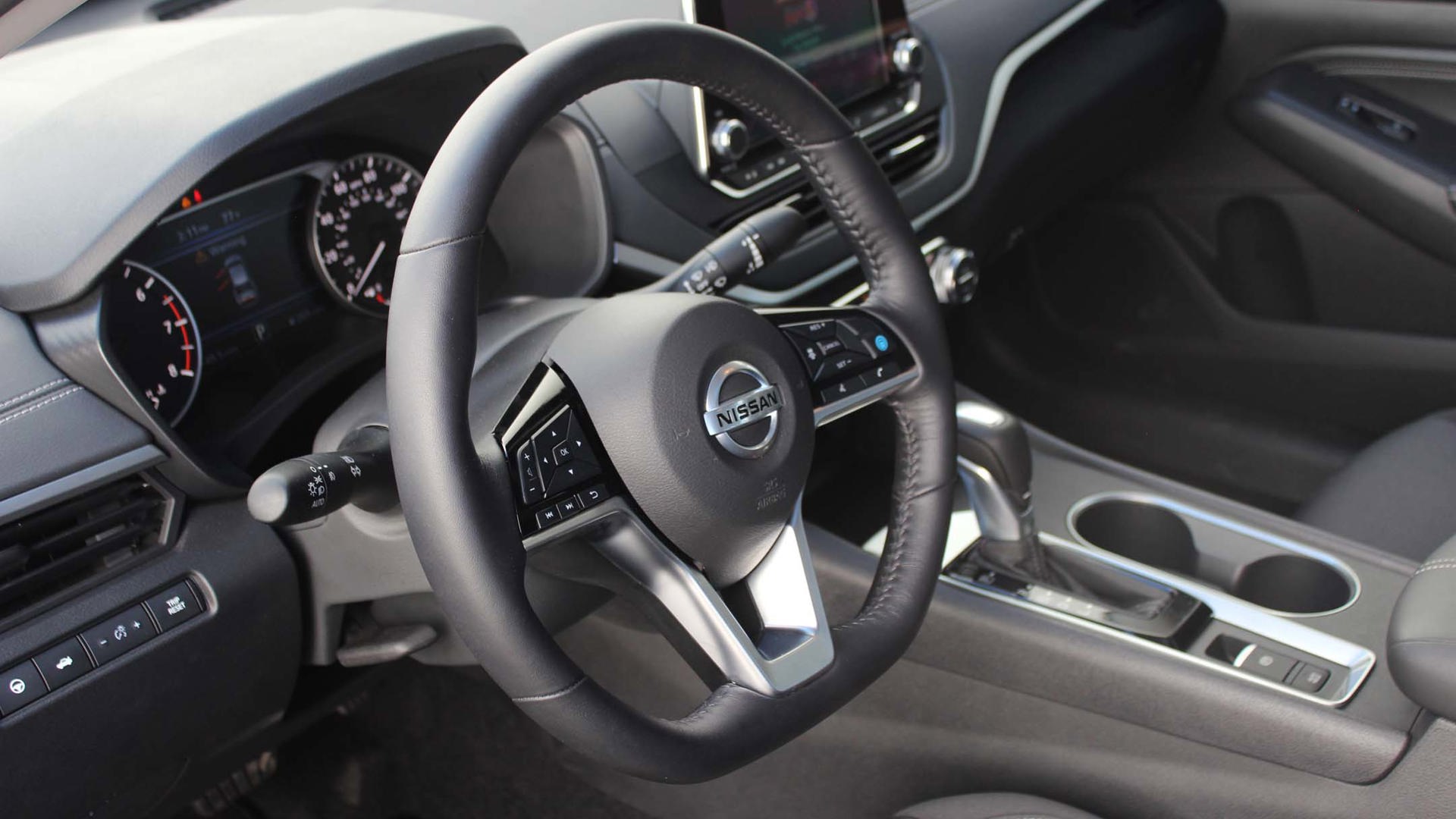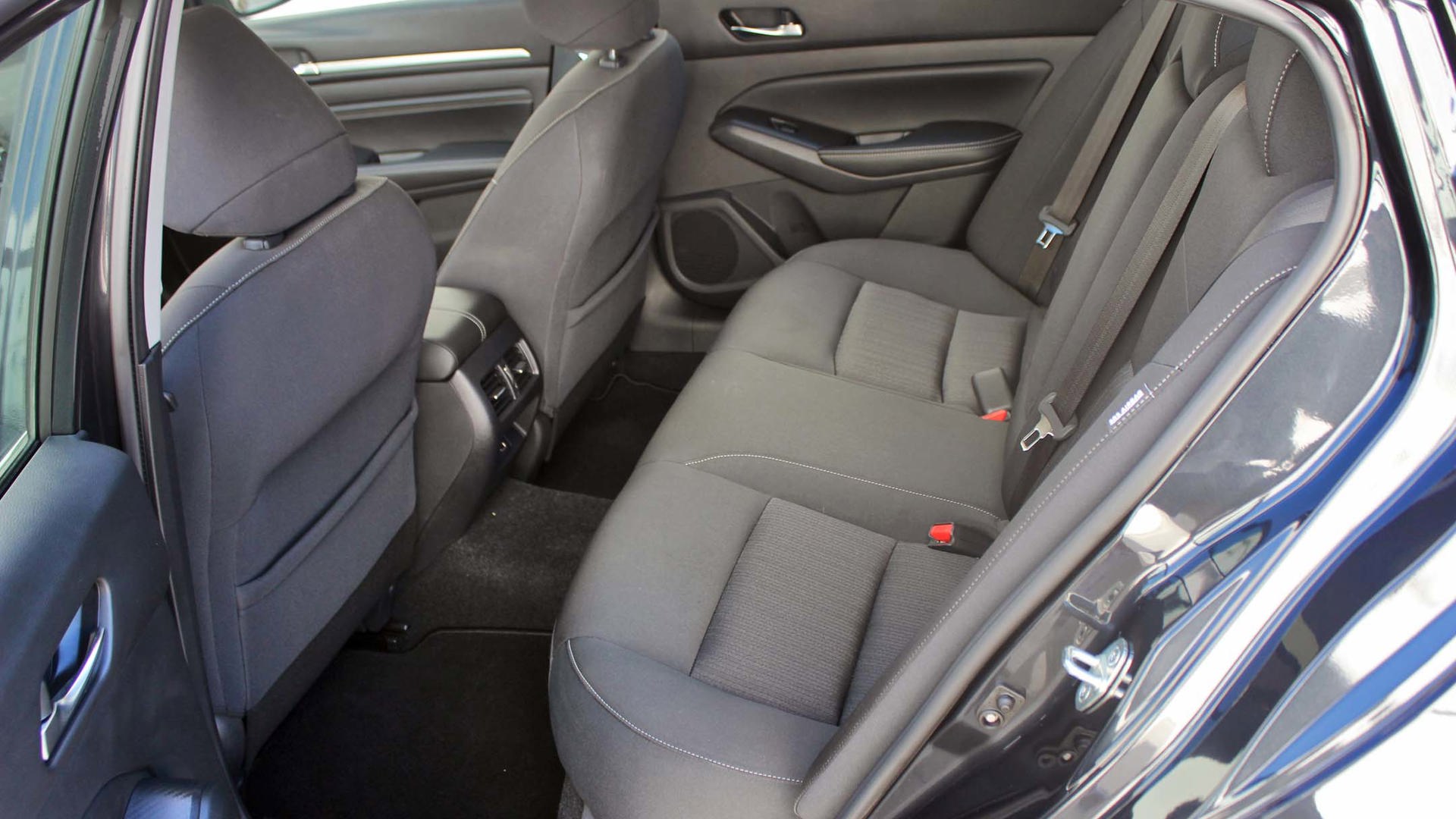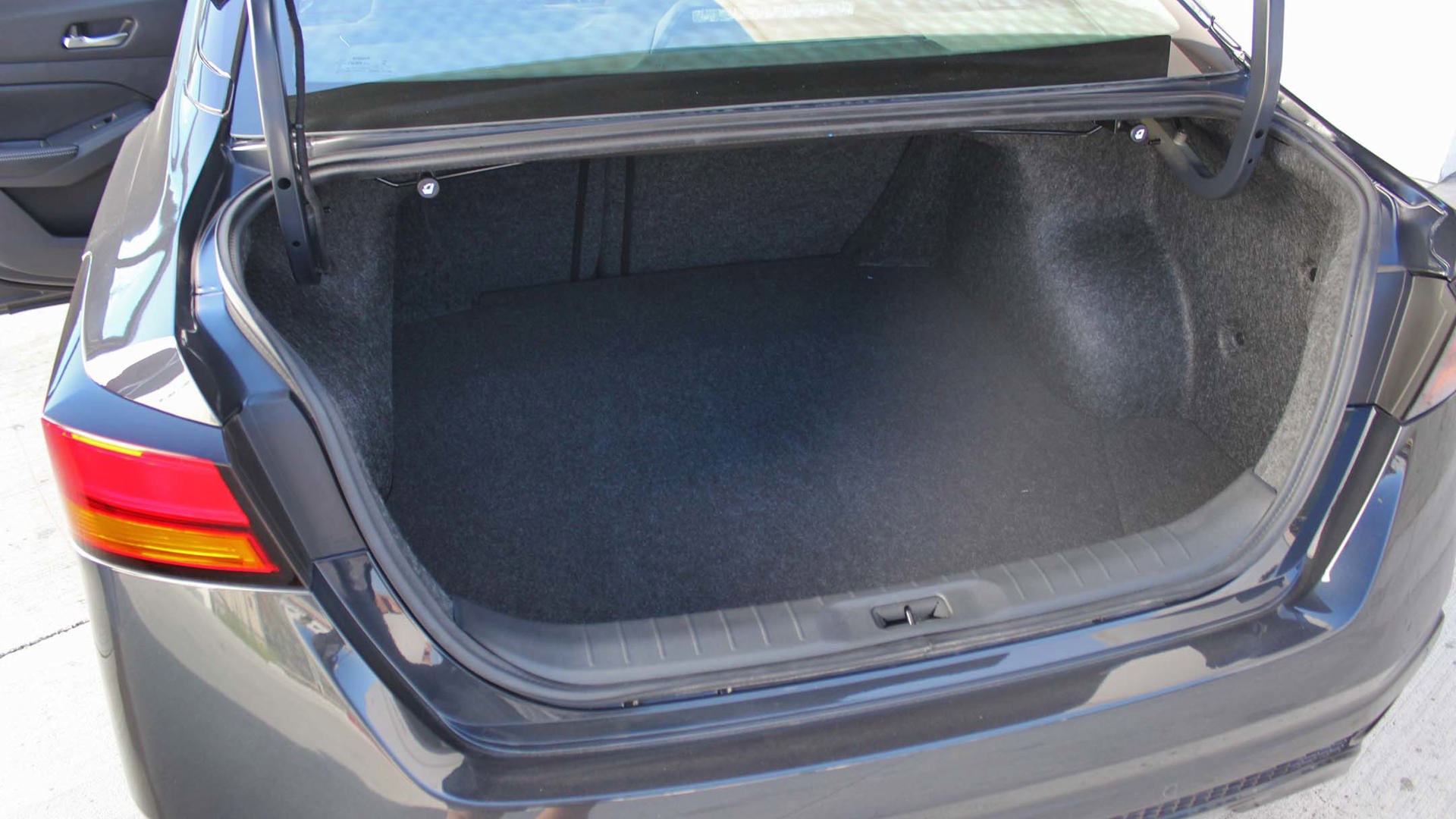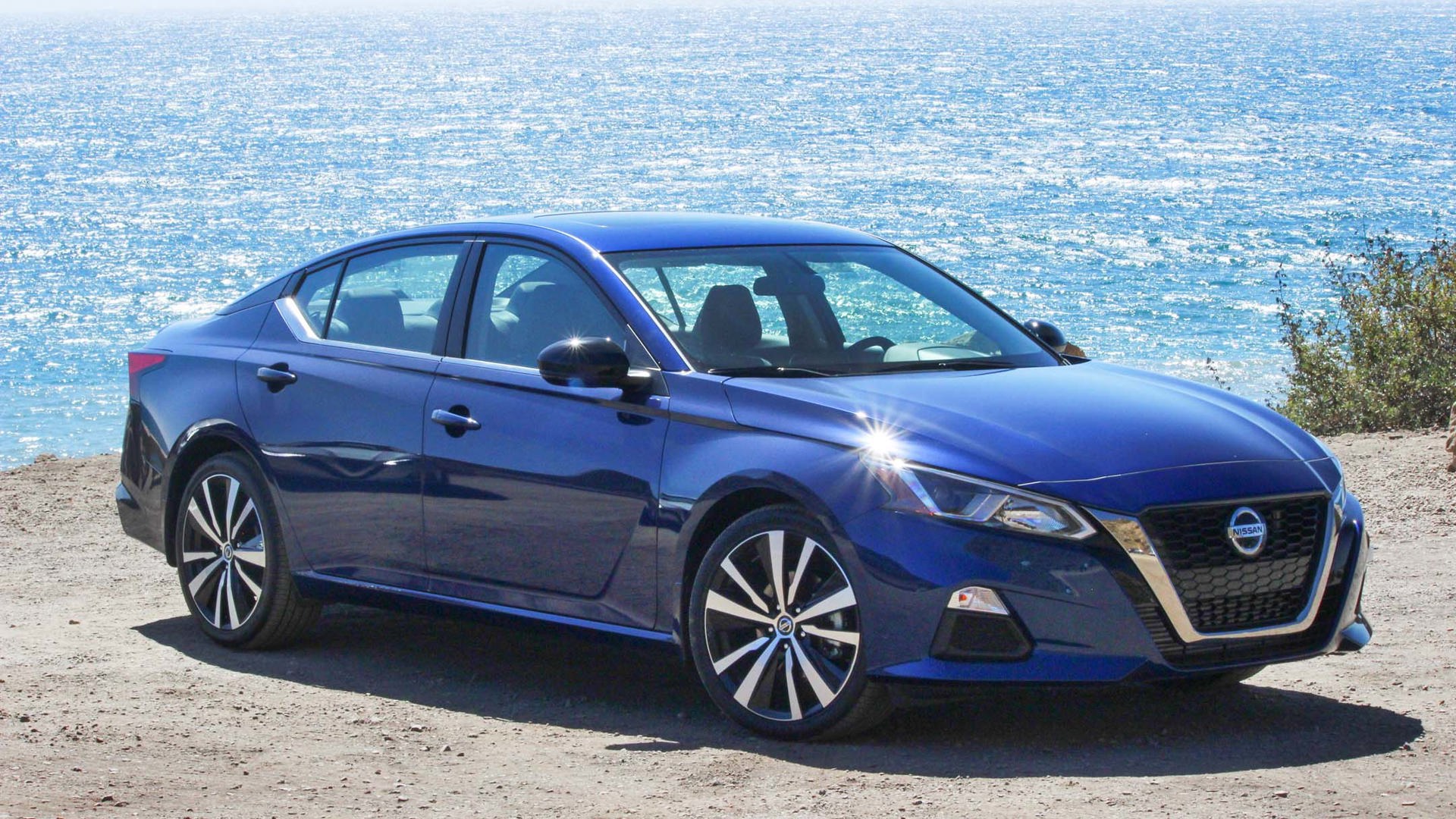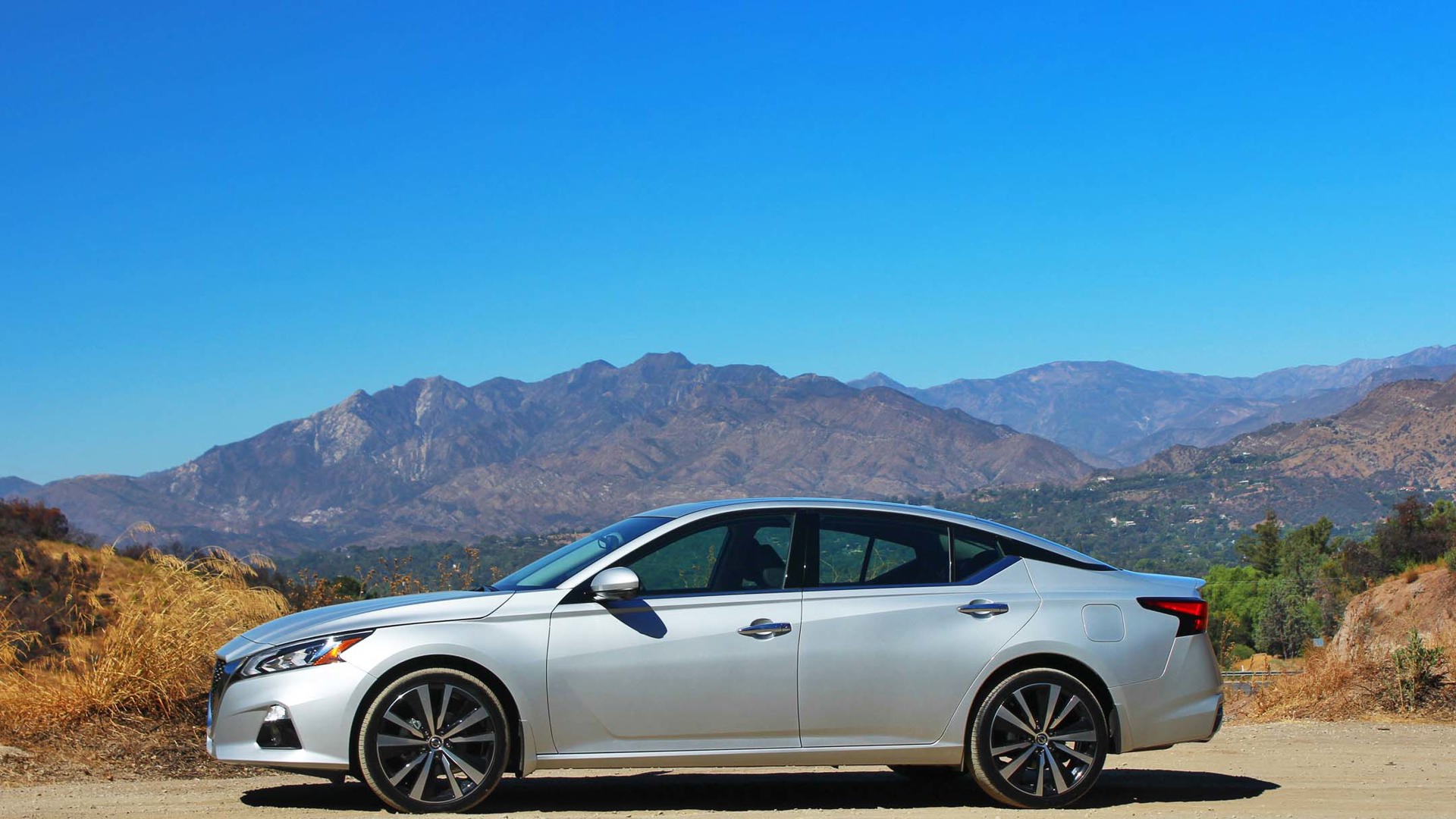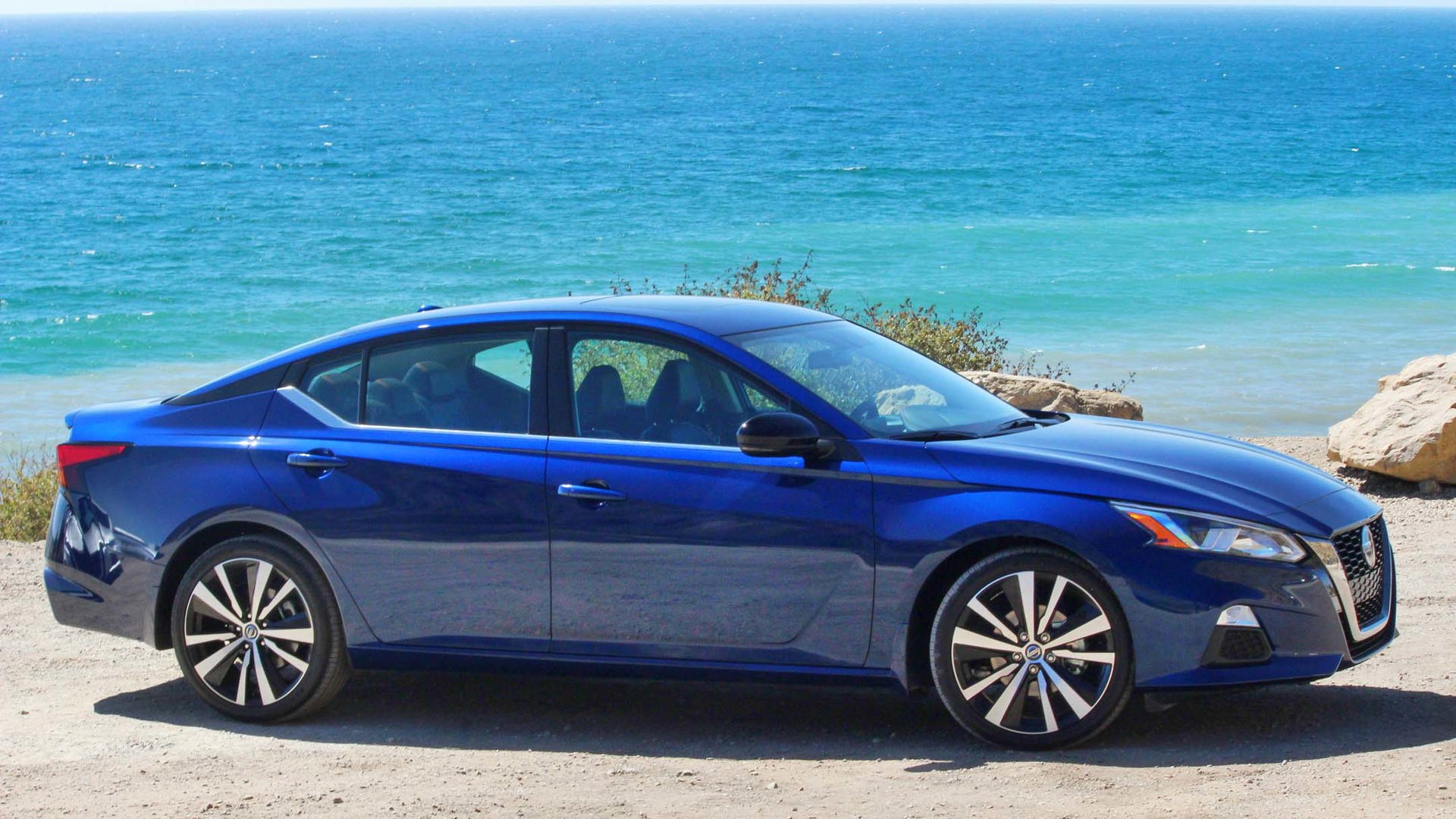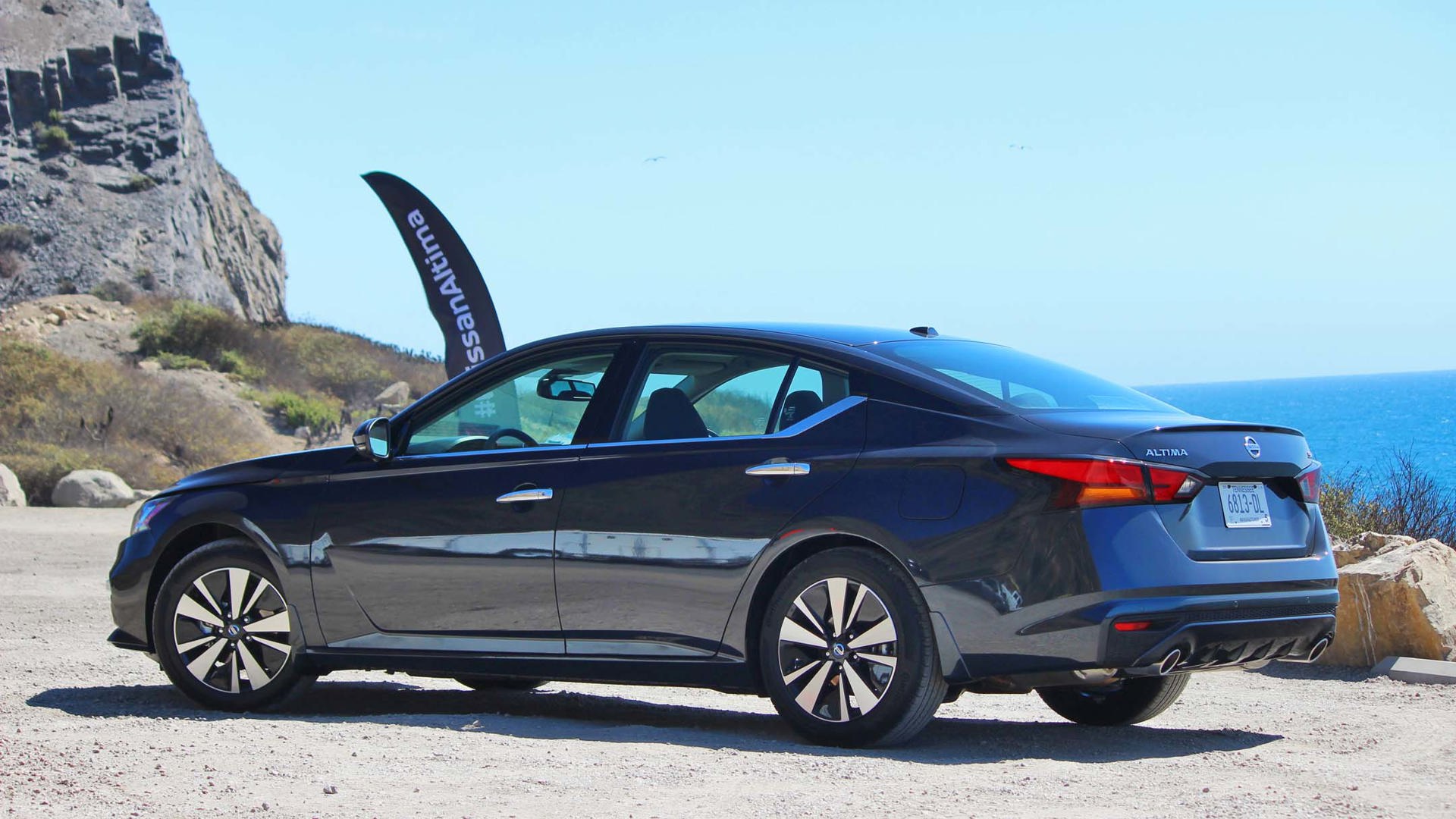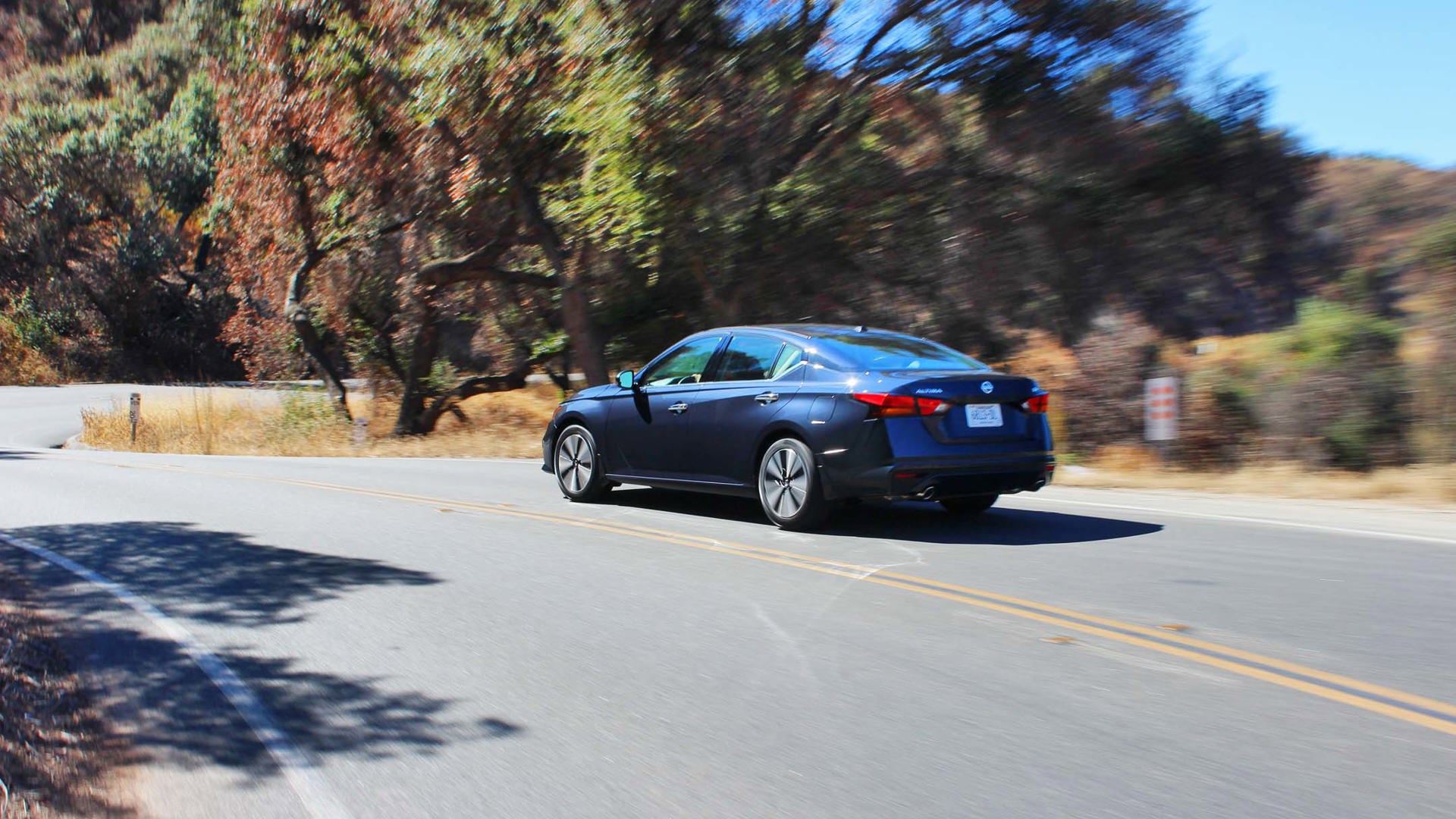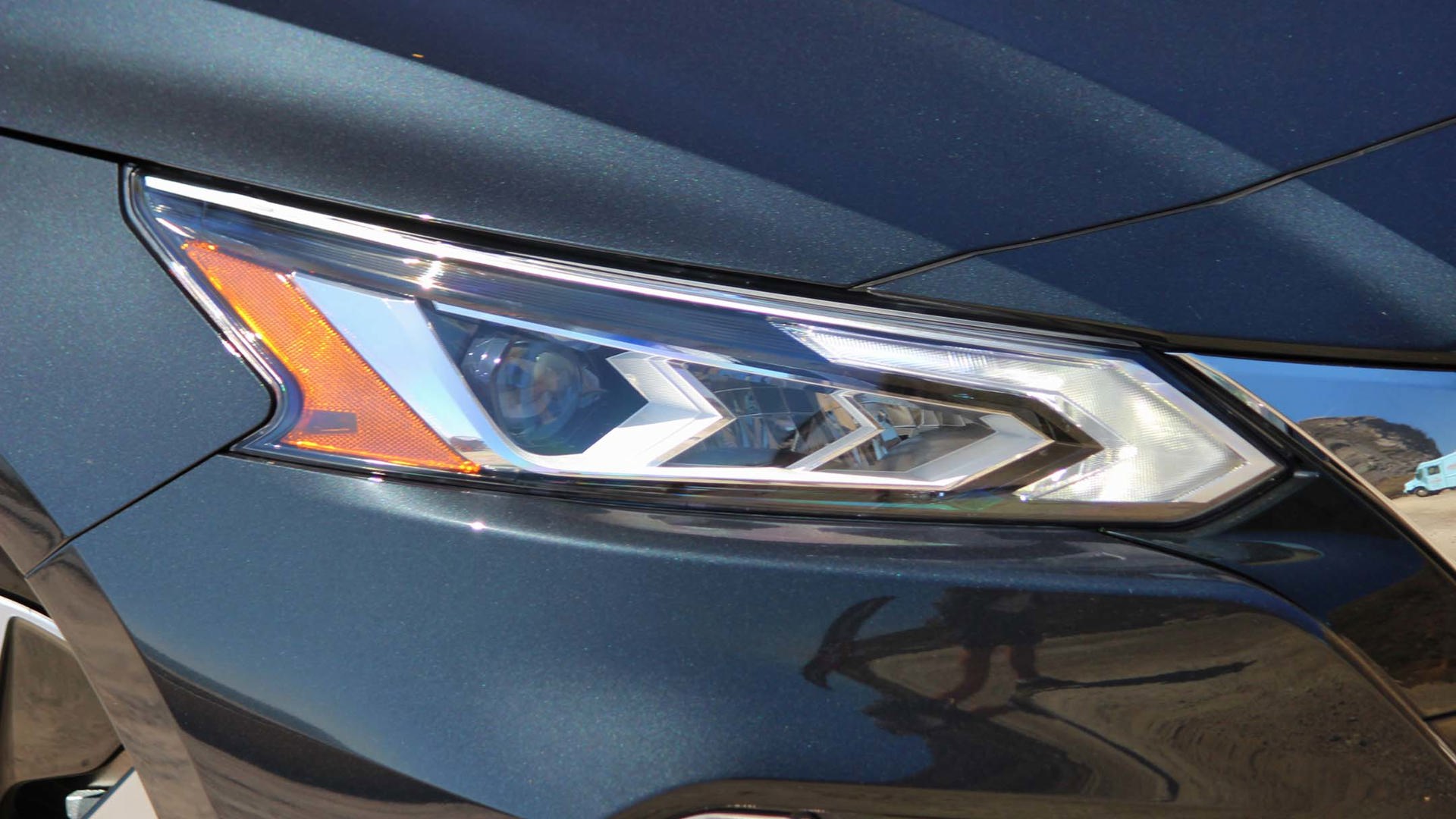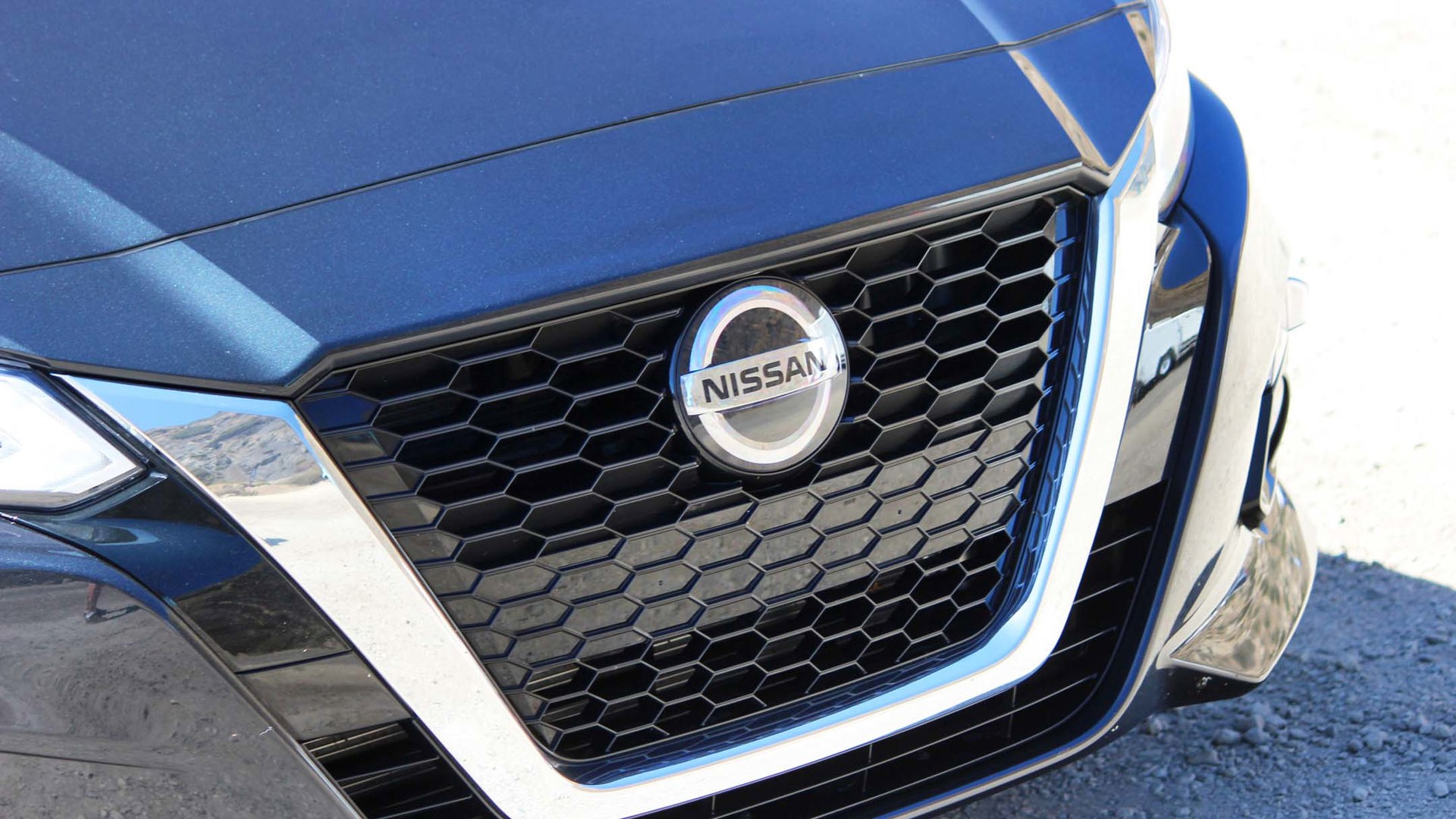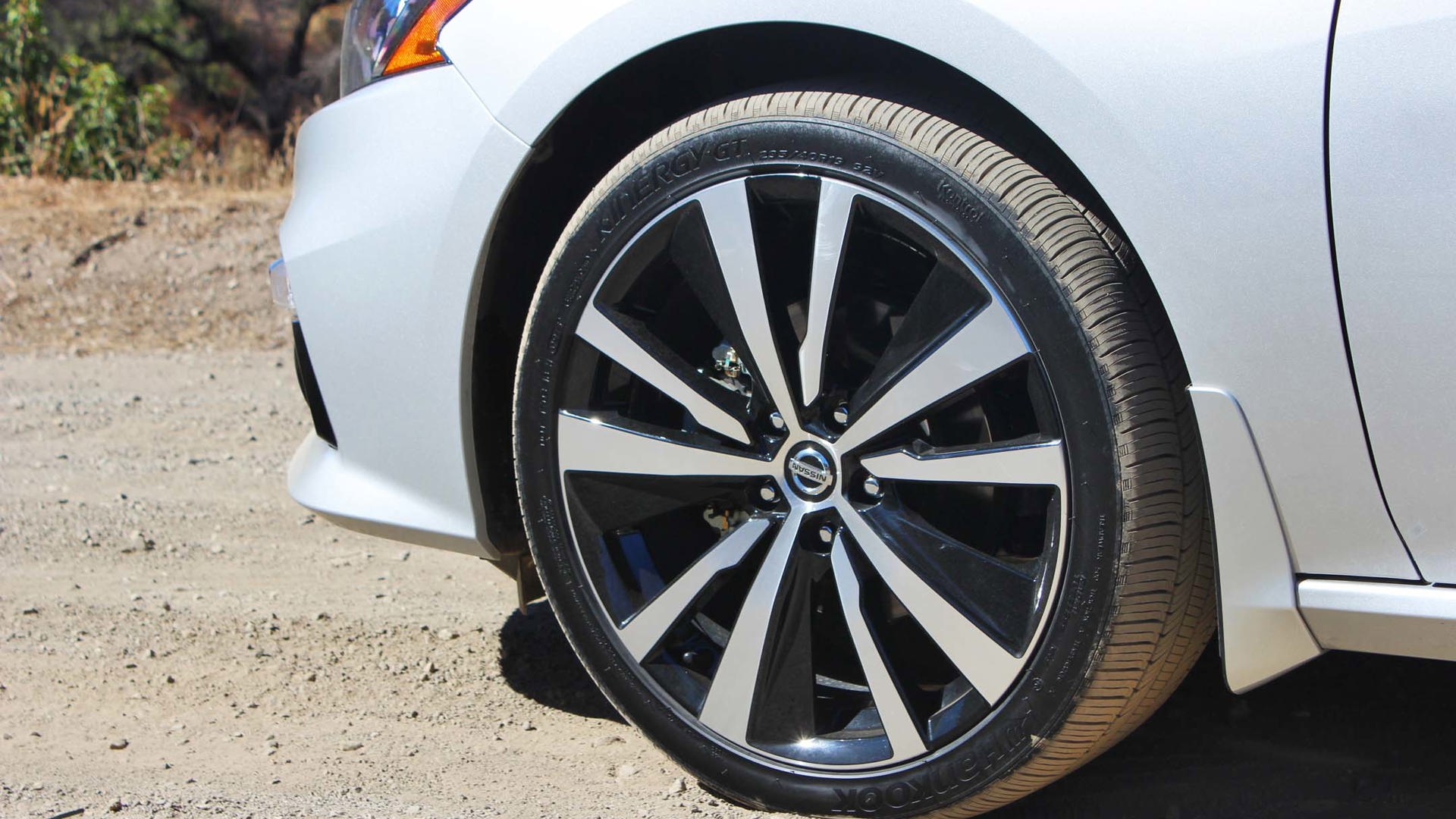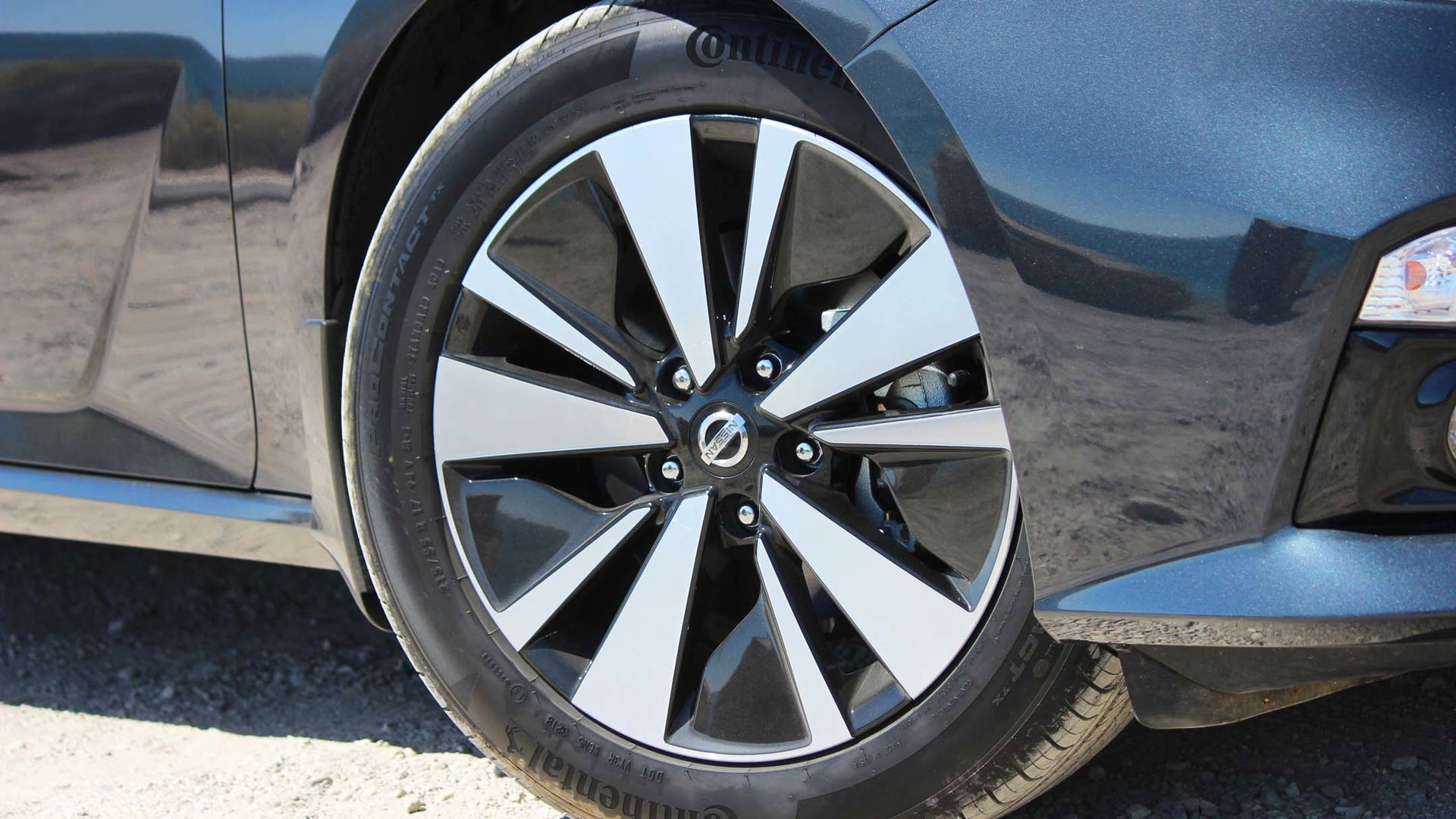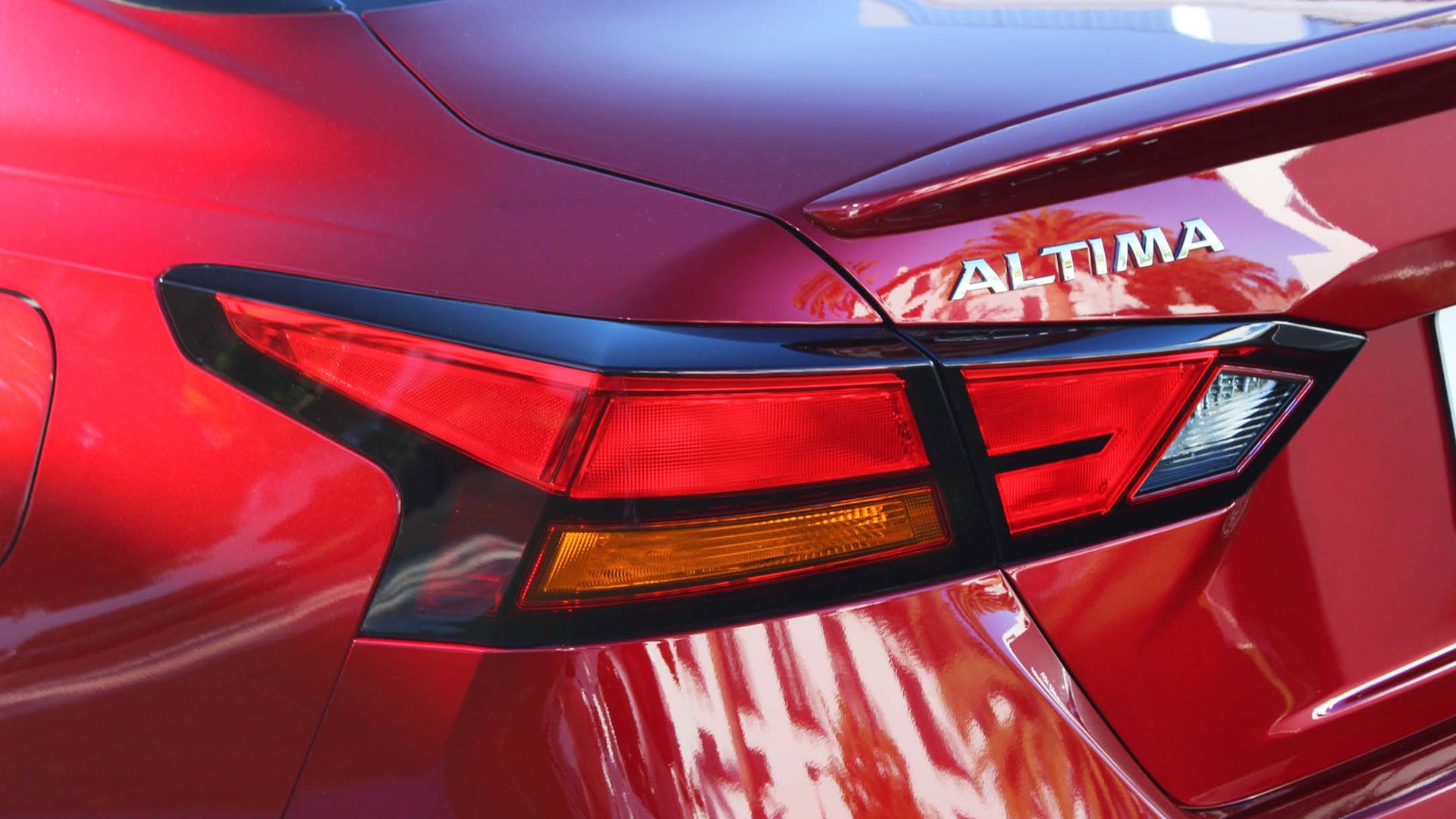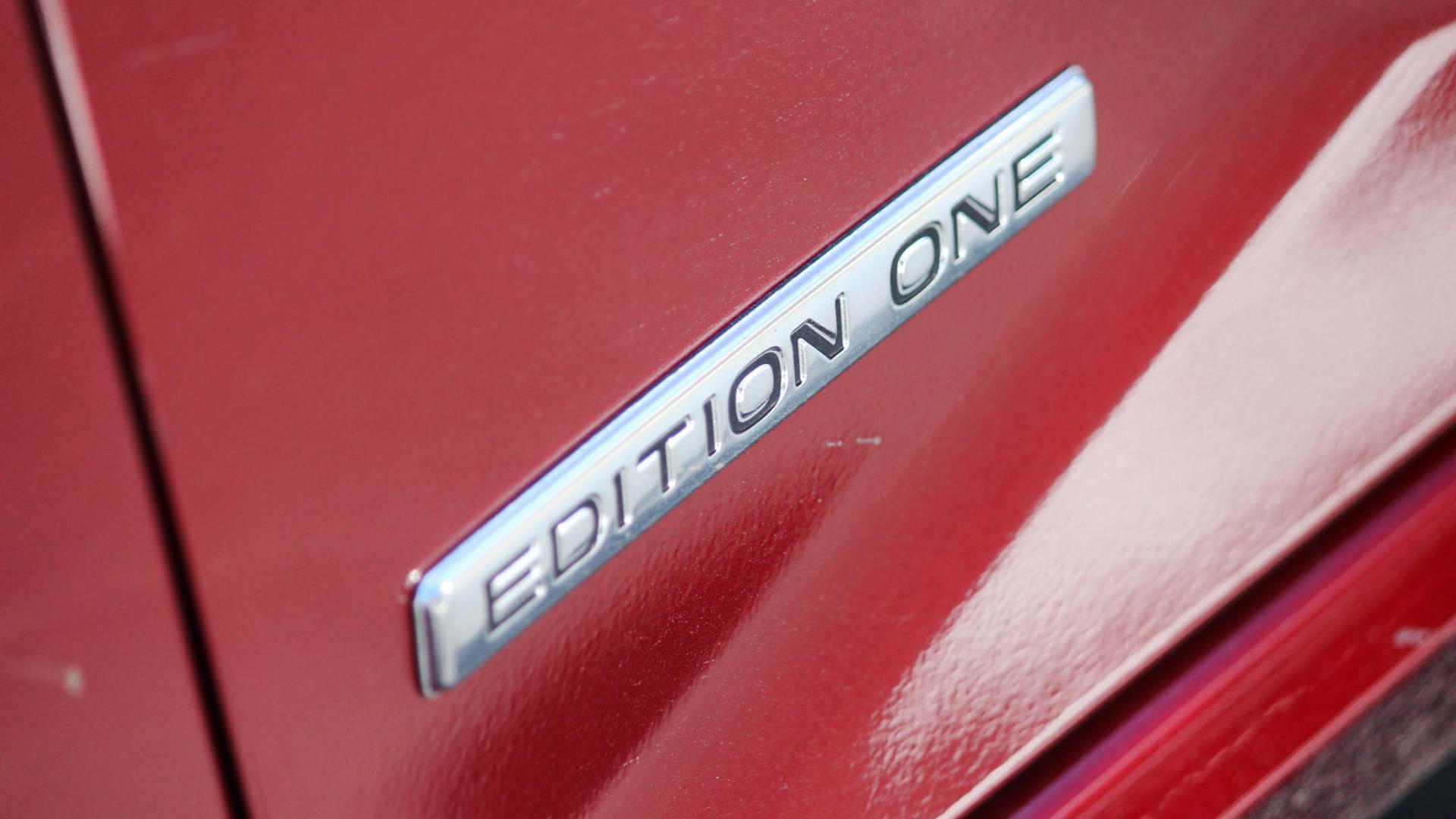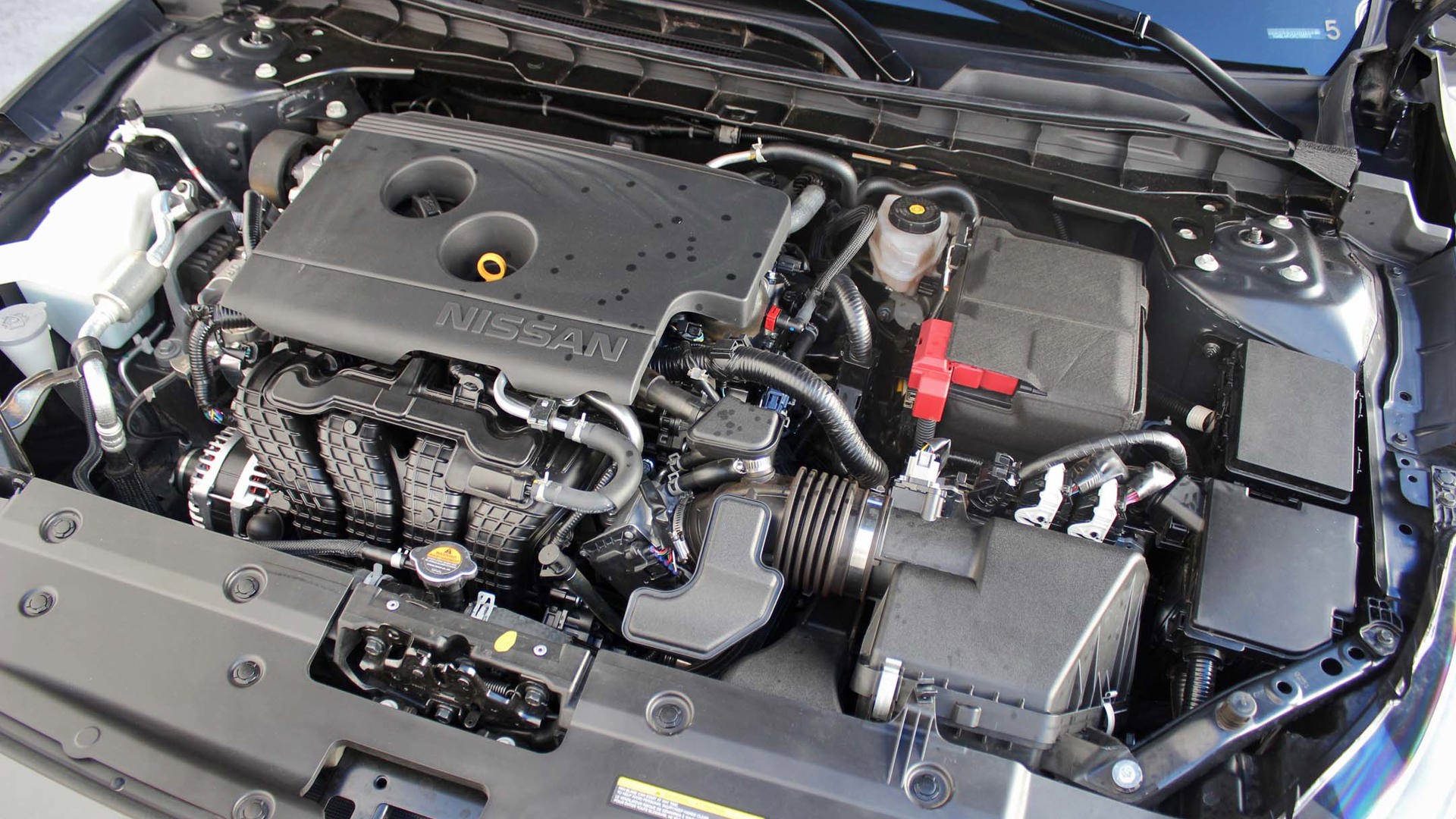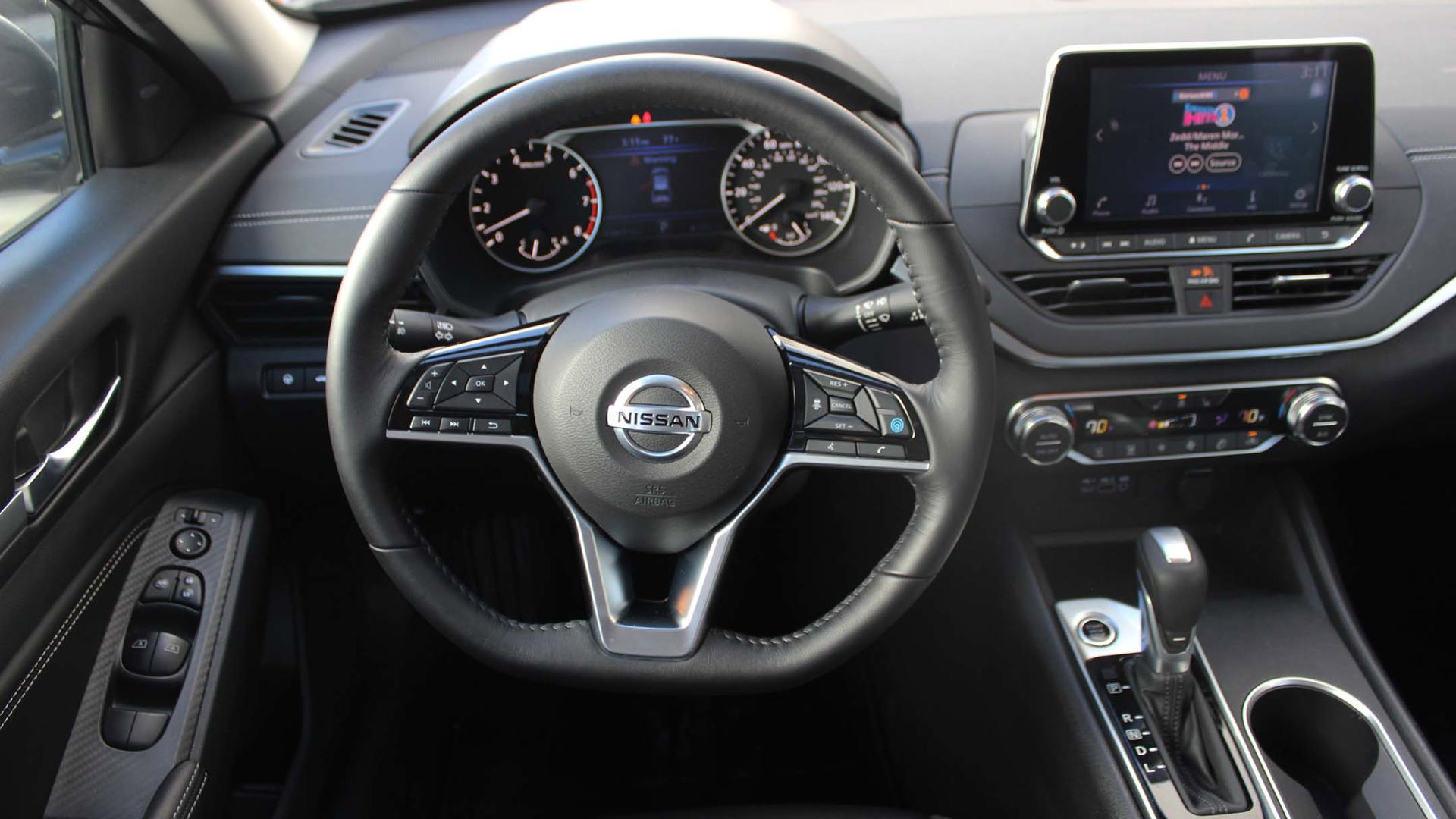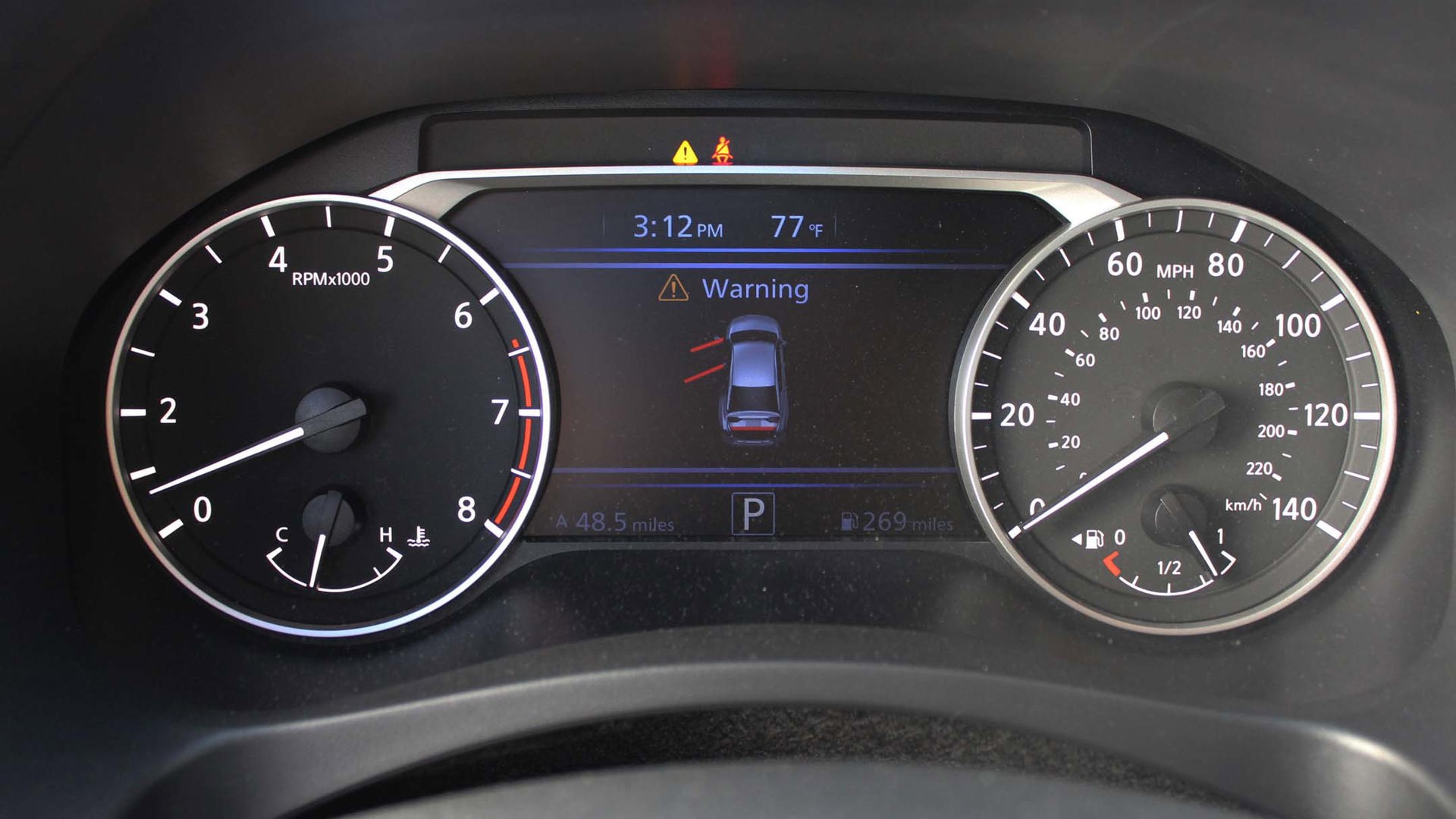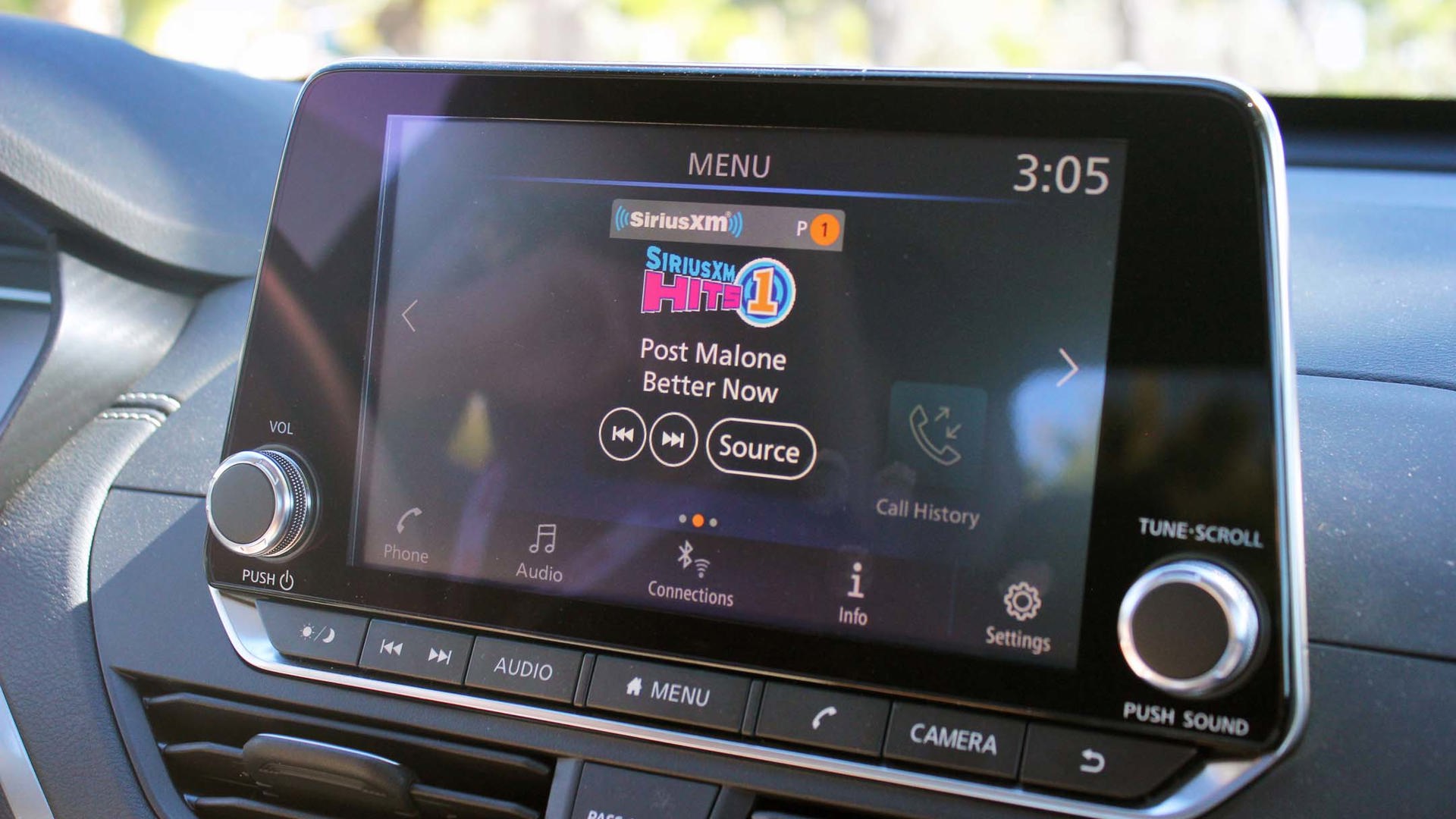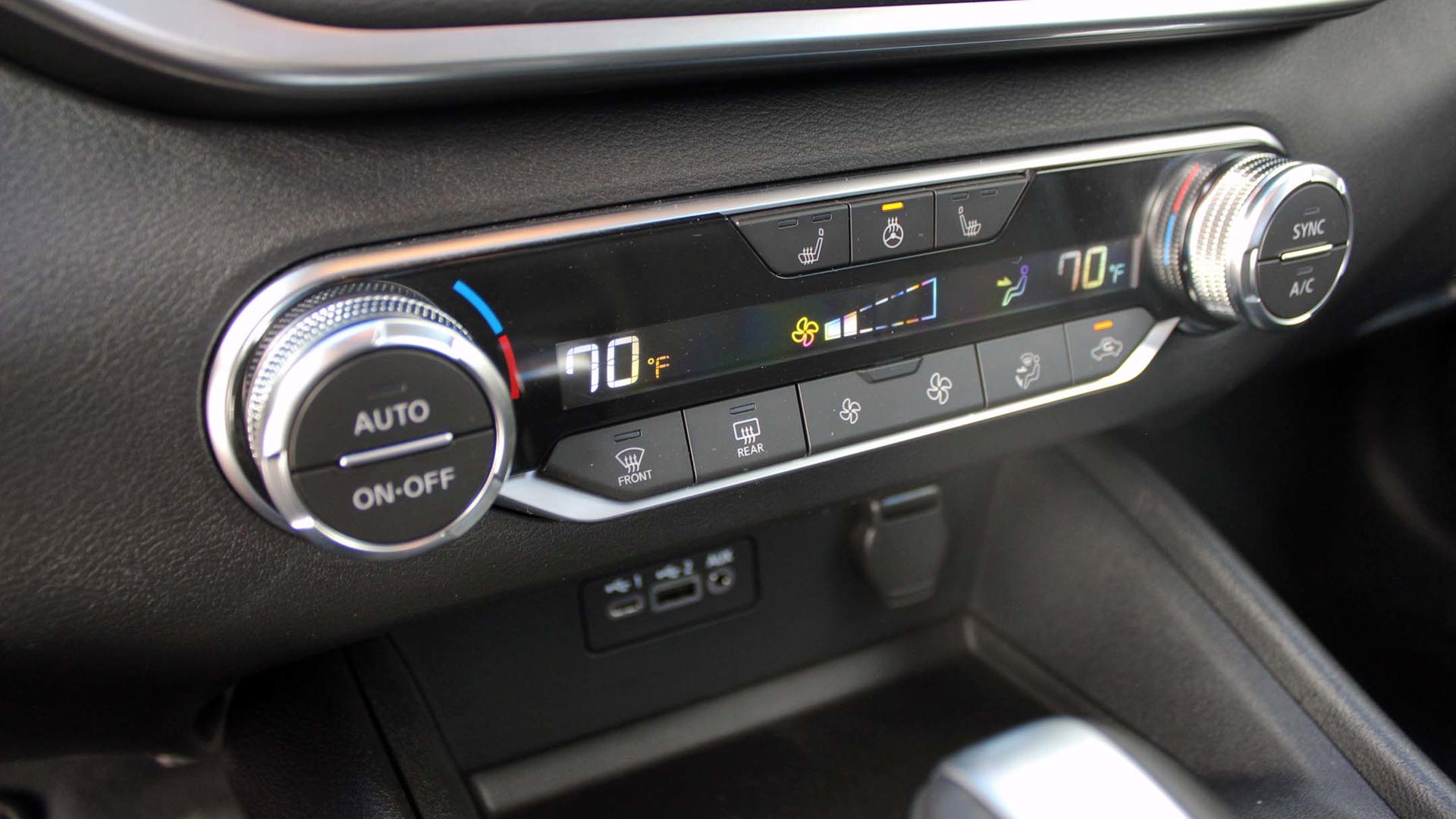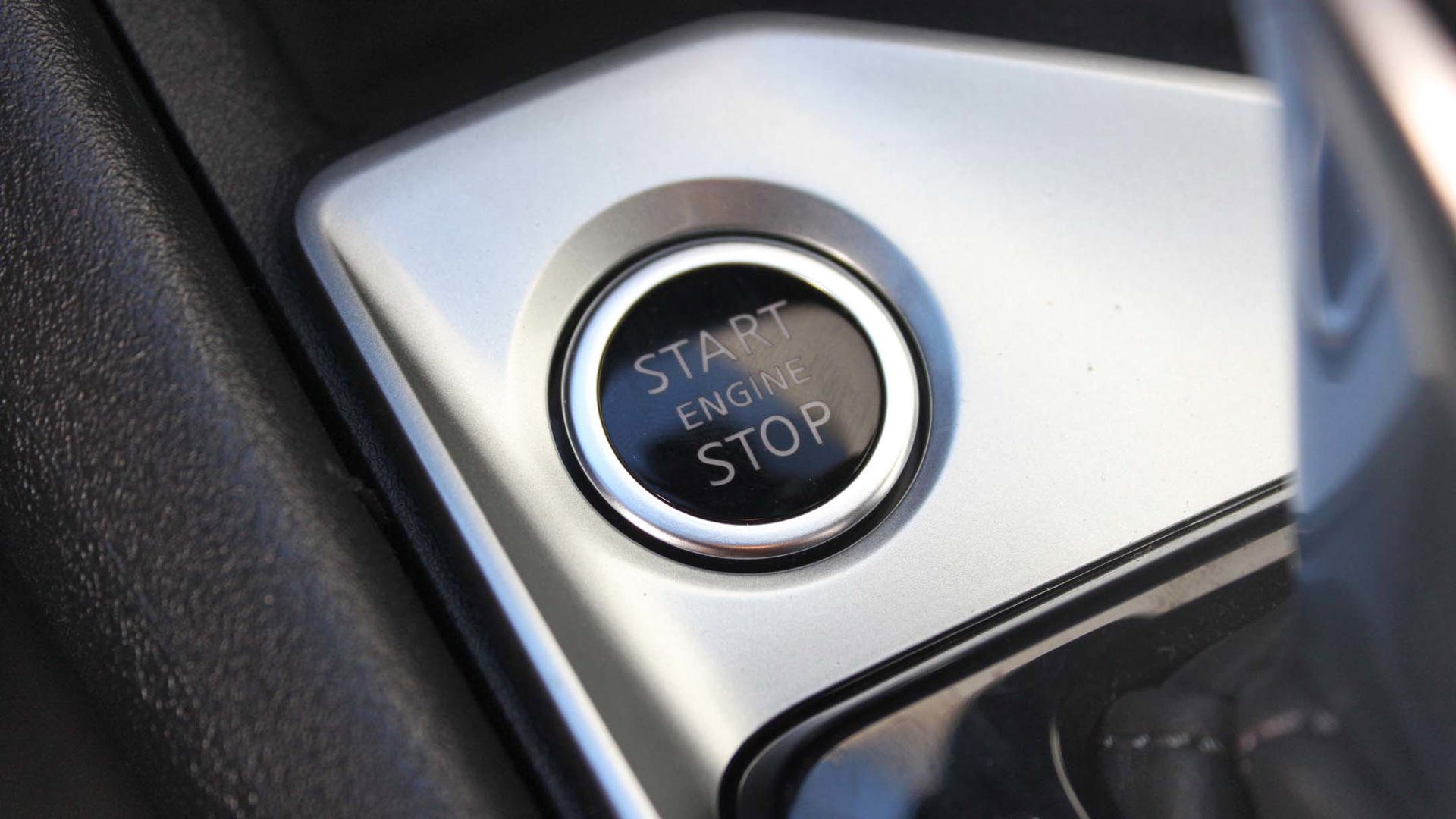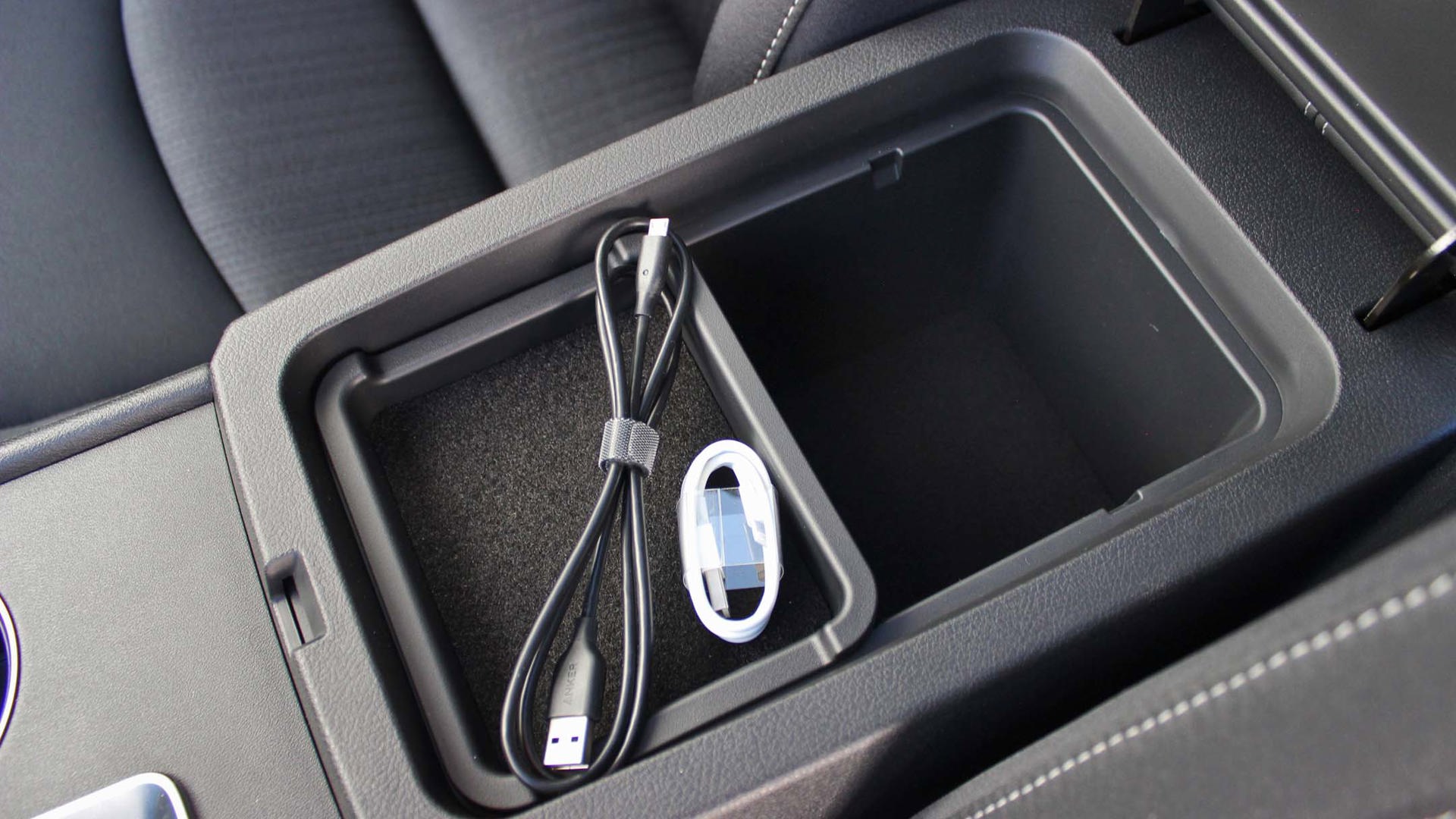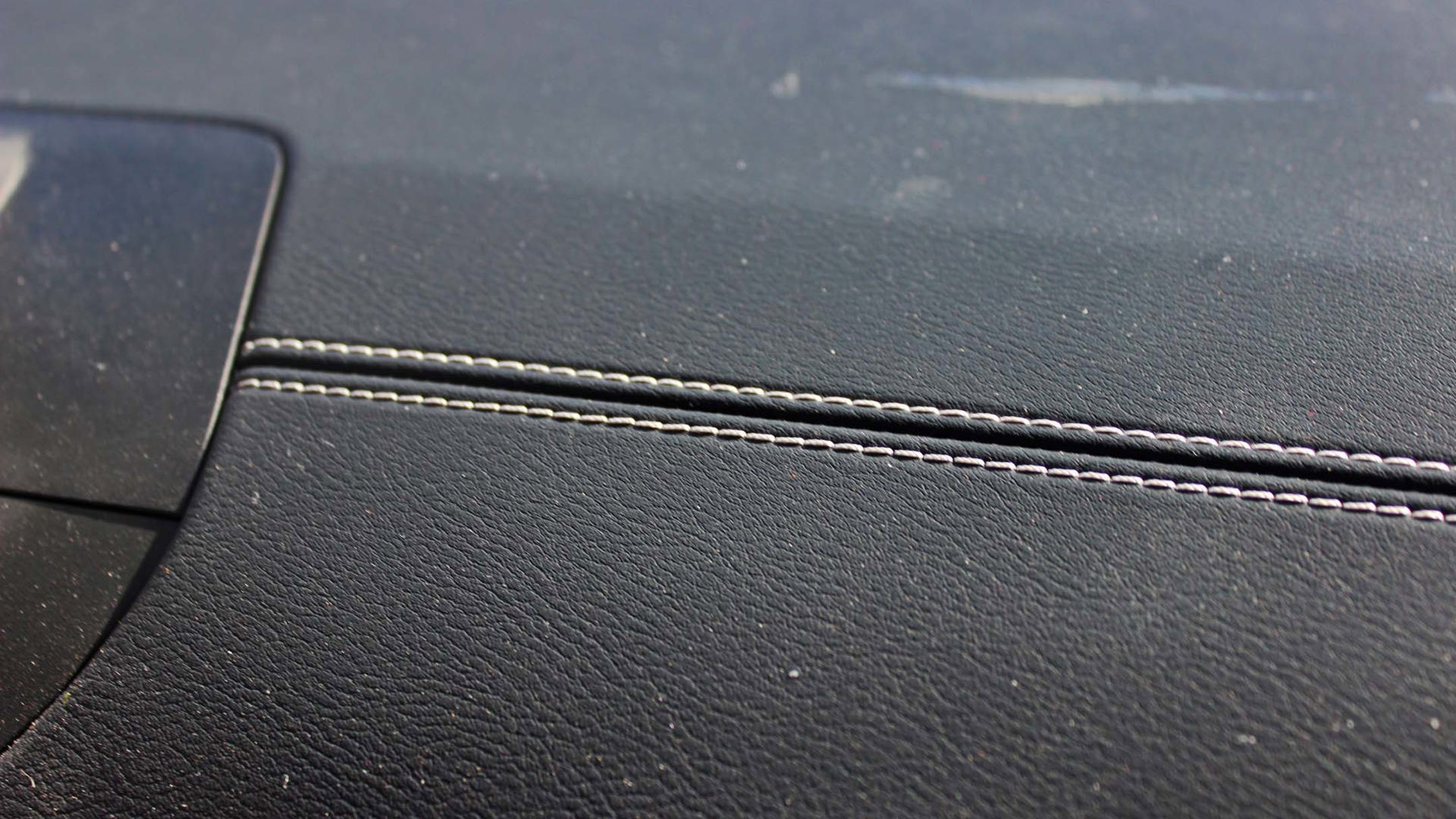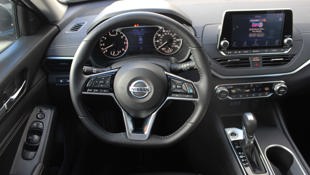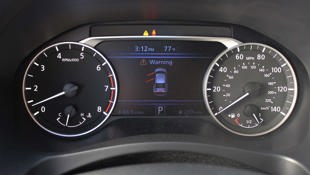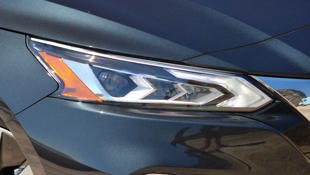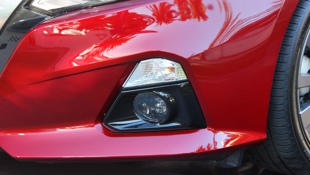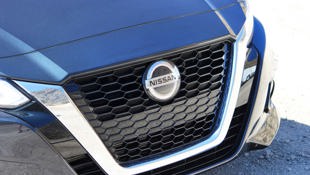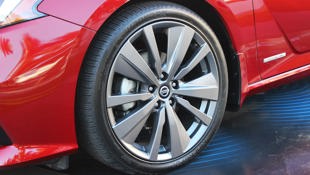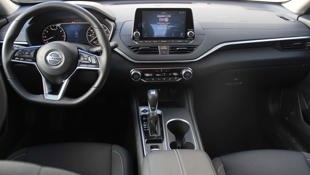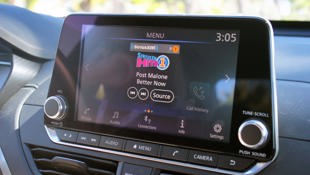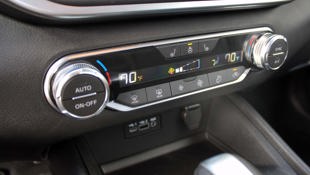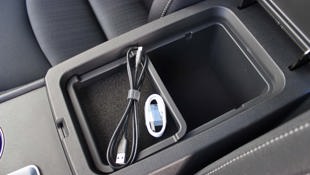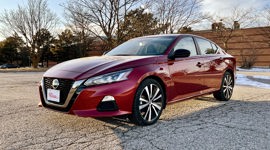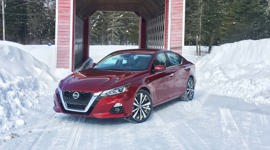SANTA BARBARA, CA – We’ve been hearing it for some time now: the mid-size sedan is going the way of the dodo – especially in Canada – as more and more manufacturers continue to perfect, perfect, perfect their various crossover/SUV platforms.
[Nissan’s] research shows that younger buyers are thinking sedan.
Nissan – themselves builders of a growing number of different crossover and SUV models – seems to be unfazed as they’ve gone all-out in developing the all-new 2019 Altima. It’s a vehicle that they say has been one of the most expensive platforms they’ve ever developed.
So how will it compete, then? Where does Nissan turn to ensure that their mid-size is able to face the adversity brought on by the SUV/CUV onslaught?
Well, in Canada, the first step is offering standard AWD and at this juncture, that’s the only way you’ll be able to get the latest Altima in Canada. The US gets a FWD option as well as two engine choices: a 2.5L four, as well as a more powerful, 2.0L variable-compression turbo four first seen in the QX50; we Canadians only get the 2.5L. More on that later.
So you’ve got AWD. Then comes the styling; Nissan maintains that while CUVs and SUVs may currently be all the rage on the sales front, their research shows that younger buyers are thinking sedan. Why? Because while their parents remember growing up with family sedans and wagons, today’s younger buyers remember SUVs and minivans. Who dreams of driving – or has designs on buying – the same car style that their parents did?
“(Sedan) buyers want to be more stylish, but at a certain price point,” said Nicole Fonseca, lead colour designer for the Altima. “They care more about the appearance (of their car).”
To do so, the stylists had to work in conjunction with the engineers, resulting in the Altima being “a perfect example of engineering working with styling early in the process,” according to Fonseca.
You see, from the get-go, the Altima’s 2.5L four-banger was designed to be lower and sit lower in the chassis, allowing the designers to craft a more ground-hugging, sleek shape. The overall height and the beltline have both been lowered for 2019; the lower beltline especially is the result of the shorter engine as it just wouldn’t line up properly otherwise.
Also adding to the styling is a wider version of the V-Motion grille – Nissan says to look for similar treatments on their other cars going forward – whose uprights are matched with two grooves cut either side of the hood, which is actually in a clamshell style as seen on the recently released Infiniti QX50 crossover. Add narrow headlight lenses and the latest Altima provides a properly imposing demeanour when seen from the front, which appears even more so in the real world than it did at its New York Auto Show debut earlier this year.
If the front’s imposing, then the view in profile is one of sleekness and luxury, especially when fit with the optional 19-inch wheels (16-inch steel wheels are standard, and there is also a 17-inch option). There’s that height reduction, as well as blacked-out pillars for a floating-roof look in an effort to compete with the current star of the slick mid-size sedan: the Honda Accord. Given the silver Platinum trim car you see in these photos (one of seven available colours), I’d say that it has what it takes to compete with the Honda.
If you’re really keen on having your sedan look unique, then know that 250 Altimas in Canada are earmarked to get the very Mercedes-AMG-sounding “Edition ONE” treatment. It commands a $1,000 premium over Platinum models and is purely a styling package, adding special red and burnt orange exterior colours, 19-inch wheels with unique finish, spoiler, badges, illuminated kick plates, and puddle lamps.
Inside, the lower engine height means they were able to lower the dash cowl, allowing Nissan to keep the cockpit airy even though the roof has been chopped down a little. The seats found in the ’19 Altima are an evolution of the Zero Gravity items seen elsewhere in the lineup but have more bolstering than previous. They’re comfortable, come heated at base, and work well in concert with the rest of the cockpit to make the driver and front passenger feel ensconced, but not claustrophobic. The flat-bottomed steering wheel helps, as it falls nicely into your hands but lets your thighs breathe a little; the driving position is right on the money. We’re also seeing an optional eight-way memory driver’s seat for the first time in an Altima, but none of the trims feature a height-adjustable front passenger seat. Odd, that.
While there is technically less legroom and headroom in the back than there was last year, the front seatbacks are thinner in an effort to maintain a feeling of airiness in the cabin. Slightly less room there may be, but since overall passenger volume is pretty much the same as last year (and there’s actually more volume in ’19 cars equipped with the moonroof than there was last year), you wouldn’t really notice it from sitting in either the front or back seats. Plus, the lower beltline makes for a fine view out even though the roofline sits lower than before.
If you’re going to go after the younger buyer, then you had better have the infotainment tech to back it up. For 2019, all Altimas get an 8-inch touchscreen at base (as well as a 7-inch display in the gauge cluster) that’s fully Apple CarPlay and Android Auto compatible, both very high on buyers’ punch lists these days. The screen itself gets modern, crisp displays and is responsive – assuming you can see it well enough to hit the right button. On numerous occasions both my driver partner and myself found the glare was such that the screen was almost illegible; these were pre-production cars, however, so perhaps a better anti-glare coating will be added as we near production.
Other nice adds include 2 USB ports front and back (one USB-A and one USB-C port), and remote engine start. While a back-up camera is standard, you have to upgrade to Platinum trim to get the 360-degree Around View monitor. Passenger comfort adds on the mid-range SV trim include dual-zone climate control as well as rear vents, heated steering wheel, and moonroof; Platinum, meanwhile, adds leather seating. The one feature I was surprised to see as optional was the heated wheel; in Canada, more and more manufacturers are including this at base.
Once you’ve acclimatized yourself and it’s time to get going, the first thing you notice is just how light and easy-to-turn the wheel is. Indeed, this didn’t entirely surprise me considering the Altima’s mid-size sedan digs. More surprising, however, is just how transformative it is as you get moving.
I wouldn’t say that it gets overly heavy or anything like that, but as speeds increase, you get a nice amount of feel and the response from the front axle and rack-mounted electric power steering module is properly immediate without being nervous. The chunky wheel and its flat bottom seem an even more perfect fit as the clicks fly by.
Of course, quick turn-in is one thing, but if it’s met with uncomfortable body roll, then you’ve kind of lost the plot as a mid-size sedan builder. Luckily, smart suspension tuning and the addition of new monotube rear dampers has led to a body that stays nicely neutral unless you’re really trying to unsettle it. It can be done, but for day-to-day work, this is very, very good.
Which brings us to the AWD system.
As stated before, it’s the only way you’ll be able to get an Altima in Canada. Nissan joins the (admittedly thin) ranks that can lay claim to this; there’s precisely one other manufacturer of non-luxury mid-size sedans in Canada that can make such a claim, and that’s Subaru with its Legacy. It kind of turns the Altima into a bit of a niche car.
The power split ranges from 50:50 to 0:100 front–rear, depending on the conditions and while there’s no torque-vectoring, per se, there is a brake-LSD system that will automatically apply the brakes to help the car rotate through turns. Time spent on the twisty mountain roads outside Santa Barbara gave us the opportunity to put the tech to the test, and we did feel the chassis doing its thing in concert with the brakes on a few occasions. It took a really drastic manoeuvre – the likes of which hopefully won’t be undertaken too often – to really bring out the best the tech has to offer, but it remains a nice source for some peace of mind.
Handling is one thing, but AWD also is on-hand to ensure good traction in all conditions. To test this out, we actually put the Altima on a steep slope covered in fairly deep sand, to see if it had what it takes; much to the surprise of both myself and my drive partner, it completed the climb with only a little wheelspin. Again, this is not something likely to be done all that often by Altima drivers, but what they will likely be doing is contesting with numerous snowy December days where traction like this is paramount.
Folks that feel like the only real way to navigate snowy, slippery climes is with a manual transmission (or at least an auto with a manual mode) are out of luck, however. The Altima is available only with Nissan’s oft-used CVT auto – there are no manuals in sight – and there is no manual mode to speak of. That’s a shame because the CVT with paddles found on the Altima’s Maxima sibling is actually not bad. Now, with no manual mode, you’re kind of stuck with having to let the computers decide when it’s time for your throttle inputs to be met with actual acceleration.
Luckily, aside from some sluggishness from rest, the transmission and engine are on the same page enough to allow freeway passes or entries to happen without too much drama. It will never feel particularly sporty on the powertrain front, but I was impressed with the 7.1 L/100 km we saw during our test through those bendy backroads as well as on more open freeways.
I really wonder how cars fitted with the variable-compression turbo four-cylinder would feel, though. I spent much less time worrying about the QX50’s CVT when I sampled that vehicle; the VC-Turbo is that good and I’ll bet a similar thing would happen in the Altima. Unfortunately, I didn’t get to try one so equipped at the event; it’s not coming to Canada, so we spent all of our time with the 2.5L naturally aspirated four-banger. It’s good for 182 hp and 178 lb-ft of torque, numbers that are down on major competition in the form of the Toyota Camry, Honda Accord, and Mazda6; the Hyundai Sonata makes more power but equal torque, and the Chevrolet Malibu makes less hp – 22 less, to be precise – but more torque than the Altima. Power figures are not the be-all, end-all at this level, but those figures will be damning for some.
Will we eventually get the turbo here? Well, as of right now there are no plans as Nissan firmly believes that AWD is their ace up the sleeve in Canada; even in the US, AWD and the turbo engine together is not an option at this juncture. Of course, never say never; if the turbo sells like gangbusters in the US, they may just see fit to bring it up here, perhaps as part of a mid-cycle refresh. You never know.
Speaking of freeways: it’s here where any electronic driver aids and alerts tend to see the most use. In that light, Nissan has made their Safety Shield 360 tech standard on SV and up; that’s the first time we’ve seen the tech in an Altima, and it adds blind-spot warning, emergency braking with pedestrian detection, lane-departure warning, high-beam assist and rear cross-traffic alert. That’s not all, either; SV also gets ProPILOT Assist (PPA) semi-autonomous tech, which is a first for the Altima. Activated by a press of a wheel-mounted button, it provides adaptive cruise control that can take you all the way down to zero when crawling in traffic, and hold you there for three seconds, at which point it’s deactivated.
We tried it for a solid 20 or so miles at one point, and found it to work pretty much flawlessly. Nissan made sure to let us know, however, that PPA is not an autonomous system in that it will always ask you to put your hands on the wheel, and there’s a sensor that can see what your eyes are doing. It doesn’t waste any time in doing so, either, so if you plan on reading the paper at the wheel, you’re out of luck. The distance between you and the car ahead, meanwhile, can be set to three levels.
If we’re honest, there’s a very real chance that Nissan could be right in all this, though; their offering of AWD at all levels will be a big deciding factor for many Canadians. Not just any AWD, either; from our testing, it proved a very effective platform that, if we’re talking AWD tech alone, could very well make people think twice about opting for that CUV. It may not have the power, but it has the looks, it has the tech, it has the ride and handling – and that AWD will be a draw.
Pricing: 2019 Nissan Altima
S: $27,998
SV: $31,498
Platinum: $34,998
Edition ONE: $35,998
